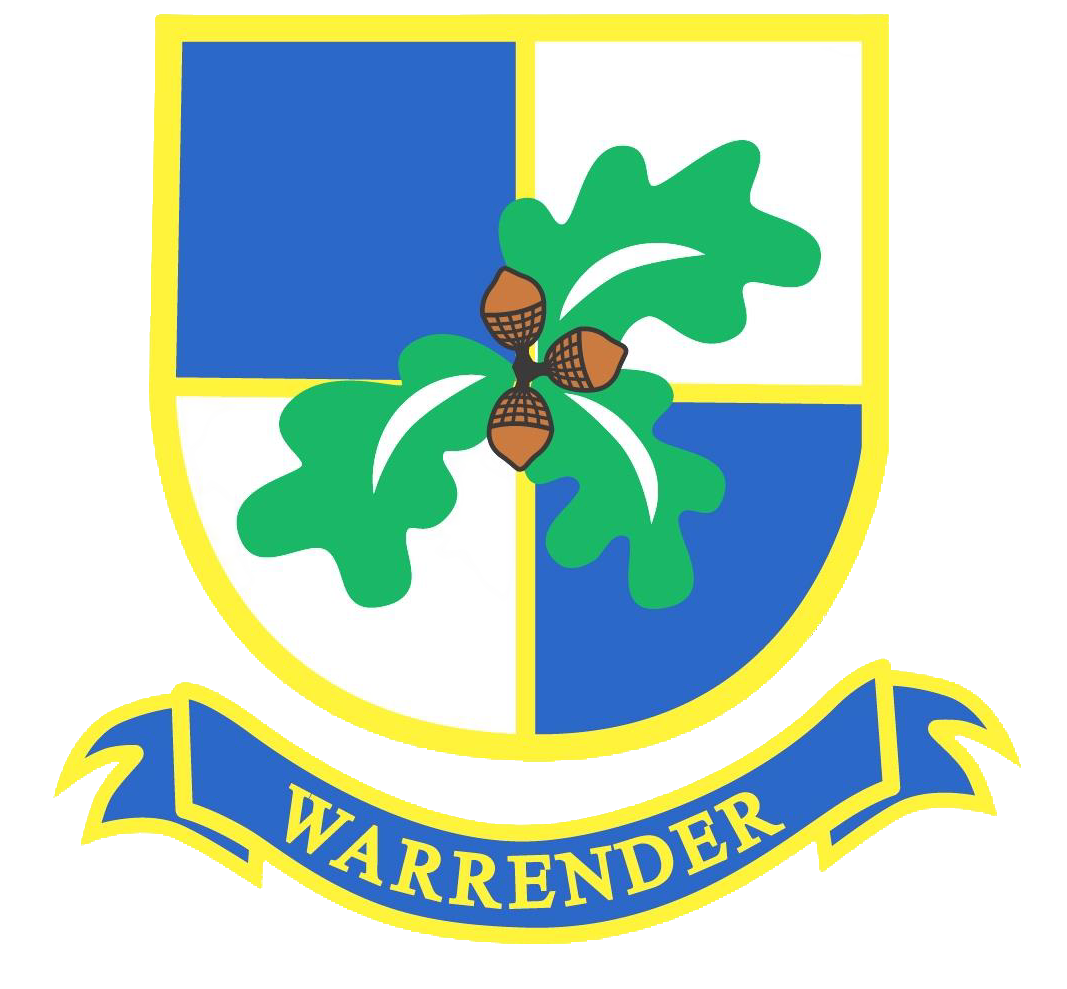Assessment
There are two forms of assessment that staff at Warrender carry out to support high quality teaching and learning- formative and summative.
Formative assessment
Formative assessment is a process of ongoing assessment used by teachers and students to monitor learning and improve teaching and learning activities.
Formative assessment is carried out during each lesson through:
-
Questioning during teacher input
-
Observation of partner talk or group work activities
-
Marking of books at the end of each lesson
-
Show me activities on the carpet (children may reveal answers on whiteboard, call them out or reveal answers on their fingers)
Summative assessment
Summative assessment is a type of evaluation that assesses student learning at the end of a term.
NTS Assessments:
At Warrender, children sit assessments at the end of each term. Teachers input the children’s questions by question scores which are then analysed on the ‘Boost insight’ system. This programme can generate many reports including:
-
Individual pupil progress in each of the strands e.g. fractions, measurement, number
-
Question level analysis (pin pointing the exact questions and areas for development for each child
Writing folders:
Each child across the school has a writing folder. One piece of independent writing is placed into the folder each half-term and the teacher assesses the piece of work against the national curriculum writing critera. This provides teachers the opportunity to reflect on progress made throughout the year and highlights gaps in the writing curriculum that then becomes the child’s target for the next piece of writing.
Teacher Assessment:
Once the NTS assessments are complete and the data has been analysed, teachers will make an informed decision about each child’s attainment in reading, writing and maths based on both their test scores and their work in class.
| Autumn | Spring | Summer |
| Emerging | Developing | Secure (age -related expectation) |
* Some children will be working at a greater depth by the end of an academic year.
Moderation:
Teachers are given regular opportunities to moderate their data with both their year partner and colleagues from other year groups, ensuring that their assessment is consistent and accurate.
Pupil progress meetings:
Each term, class teacher will meet with the Deputy Headteacher to moderate assessment, identify and plan any additional provision is required for the forthcoming term.
Sharing data with governors:
Once all pupil progress meetings have been completed, the deputy head teacher analyses the data, looking for patterns and areas of concern. This data is then shared with governors during the CFL committee meeting.
Assessment of foundation subjects:
Using the SOLO strips at the top of each page (highlighted), teachers are able to recognise which of the 4 stages of the SOLO taxonomy objectives children most regularly achieve. The Qualiy of teaching and Learning is monitored weekly by the head teacher and deputy head teacher and feedback is given. This assessment is then shared with parents on the child’s end of year report.
